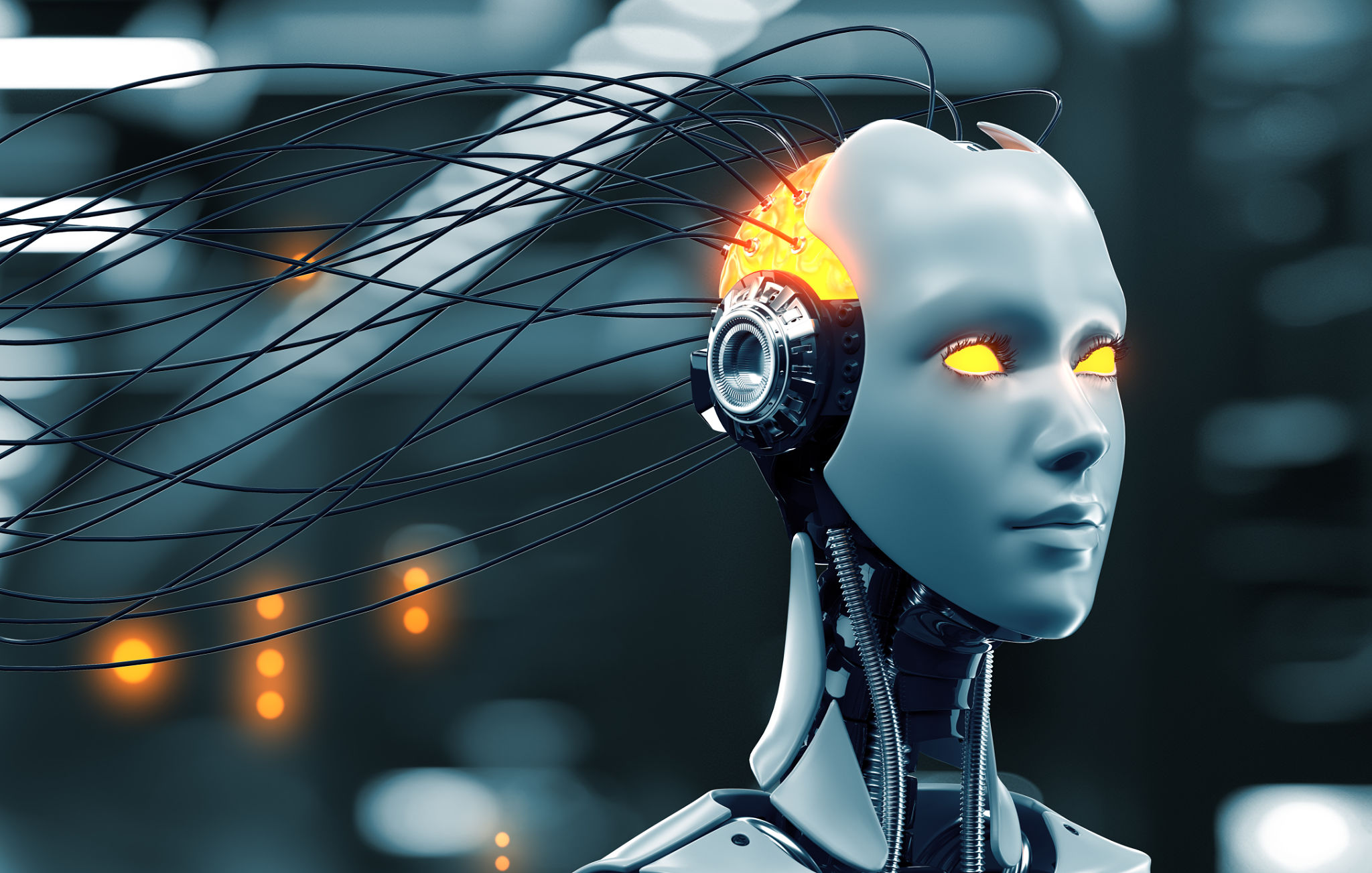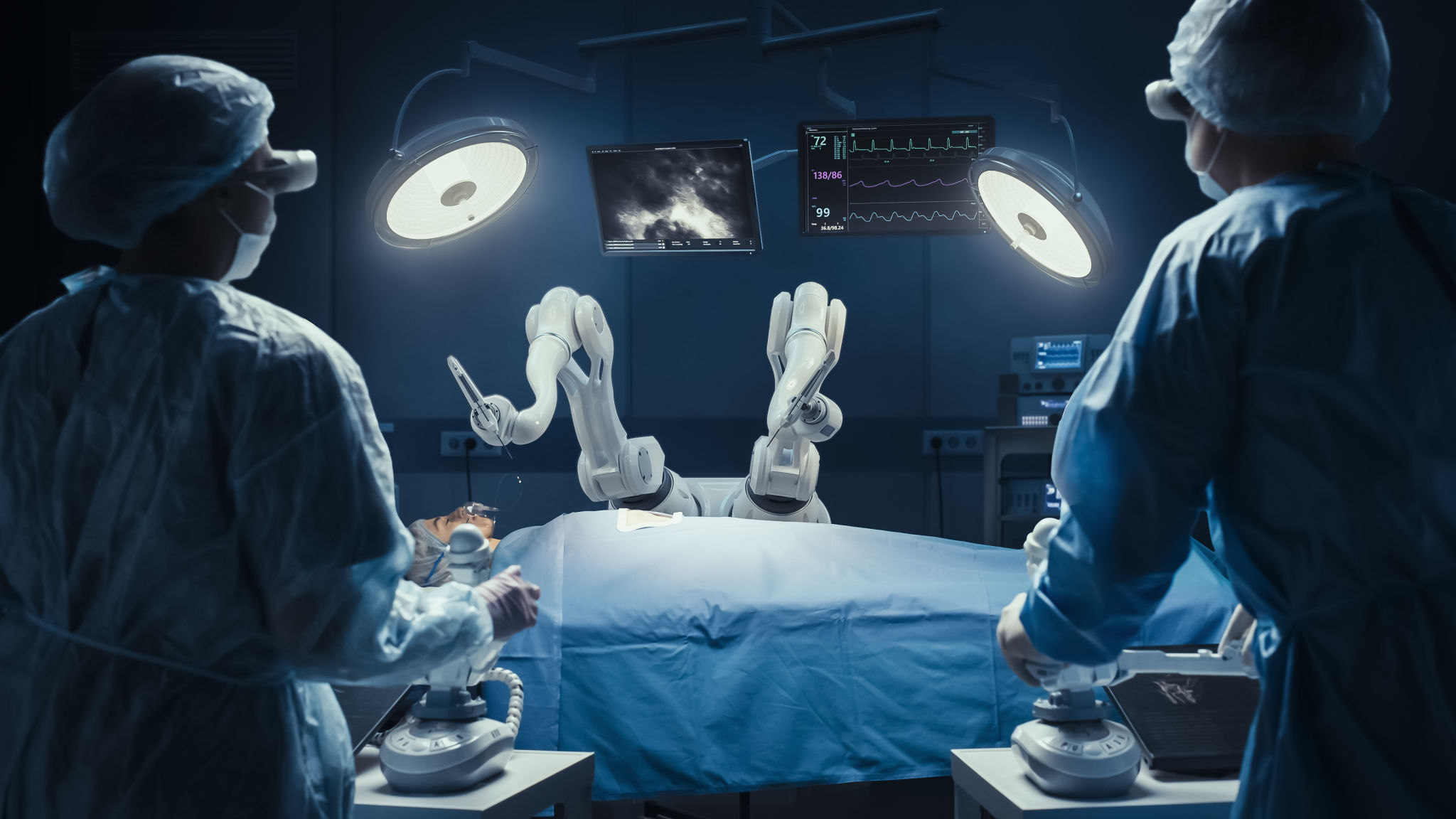Top 5 Myths About Robotics in the Workplace and the Truth Behind Them
Myth 1: Robots Will Replace All Human Jobs
One of the most pervasive myths about robotics in the workplace is that robots will completely replace human jobs. While it's true that automation can handle repetitive and mundane tasks, it doesn't mean that humans will become obsolete. In reality, robots often work alongside humans to enhance productivity and efficiency. For example, in manufacturing, robots handle assembly line tasks, allowing human workers to focus on quality control and problem-solving.

The Role of Humans in a Robotic Workplace
As robots take on more routine tasks, the demand for skilled workers who can manage, program, and maintain these machines increases. This shift leads to the creation of new job opportunities in areas such as robot maintenance, programming, and oversight. Upskilling and reskilling initiatives are crucial in preparing the workforce for these new roles.
Myth 2: Robotics Are Too Expensive for Most Businesses
Another common misconception is that implementing robotics in the workplace is prohibitively expensive for most businesses. While initial costs can be high, many companies find that the long-term savings and increased productivity make the investment worthwhile. Additionally, advancements in technology are continuously driving down these costs.

Cost-Effective Solutions for Small Businesses
Many tech companies now offer scalable and customizable robotic solutions tailored to fit the needs of small and medium-sized enterprises. Leasing options and government incentives can also alleviate financial burdens, making robotics more accessible to a wider range of businesses.
Myth 3: Robots Are Only Useful in Manufacturing
Historically, robotics have been heavily associated with manufacturing industries. However, modern robots have found applications in a wide array of sectors beyond the factory floor. From healthcare to hospitality, robots are making significant contributions by performing tasks such as patient care assistance and customer service.
Expanding Roles in Various Industries
In healthcare, robots assist with surgeries and patient rehabilitation. In agriculture, they are used for planting and harvesting crops with precision. The versatility of robotics continues to grow as new technologies emerge, allowing their integration into diverse fields.

Myth 4: Robotics Are Too Complex to Implement
There's a belief that robotics systems are too complex for businesses to implement successfully without significant technical expertise. While robotics can be intricate, user-friendly interfaces and comprehensive training programs have made it easier for businesses to adopt these technologies.
User-Friendly Technologies
Many robotics companies provide intuitive software and customer support services to ensure smooth implementation. Training programs offer step-by-step guidance, enabling employees to confidently operate and manage robotic systems.
Myth 5: Robots Lack the Ability to Adapt
Lastly, some believe that robots are rigid and unable to adapt to changing environments or tasks. Modern robotics technology is increasingly incorporating artificial intelligence and machine learning capabilities, allowing robots to learn from their experiences and adapt accordingly.

The Future of Adaptive Robotics
Adaptive robots can analyze data, make decisions, and alter their actions based on real-time feedback. This adaptability ensures that robotics systems remain relevant and efficient even as workplace demands evolve.
By debunking these myths, it's clear that robotics in the workplace offer numerous advantages and opportunities for growth across various industries. As technology continues to advance, the collaboration between humans and robots will undoubtedly lead to innovative solutions and enhanced productivity.